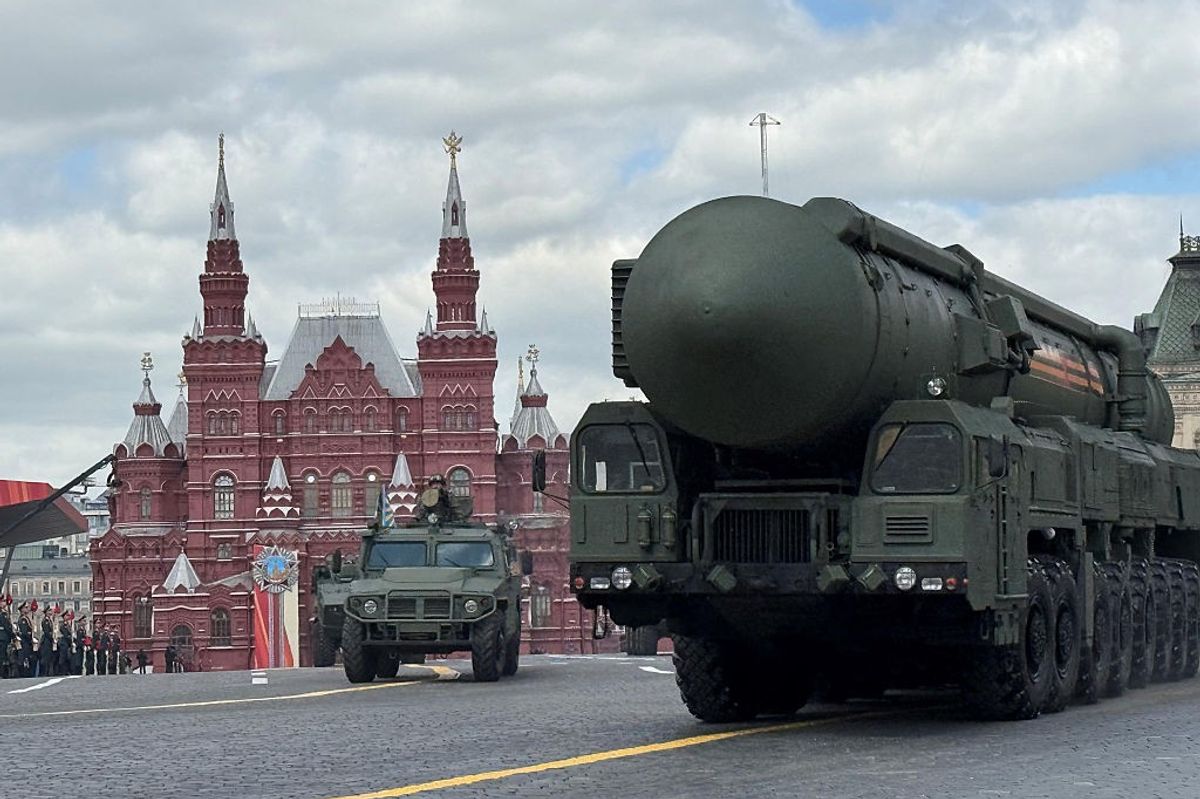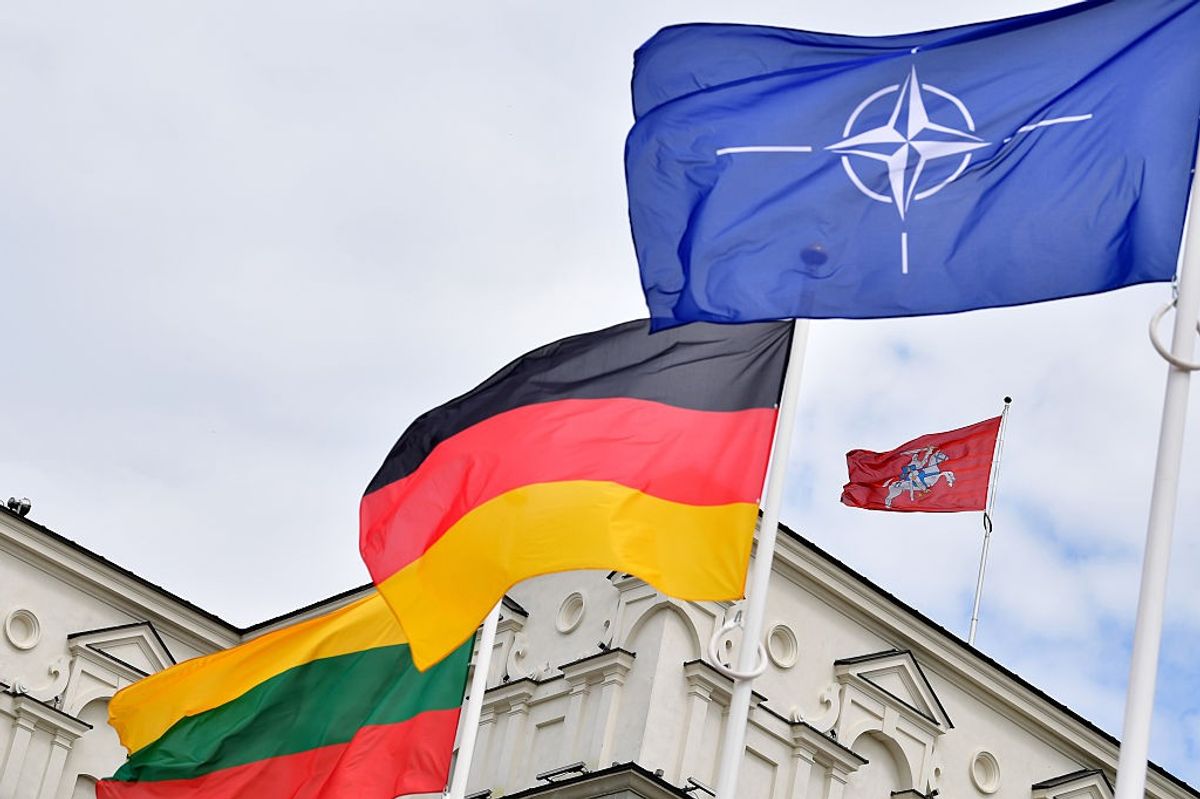President Donald Trump reorganized his National Security Council (NSC) on Wednesday. In a surprise move, chief strategist Stephen Bannon has been removed from the council, according to a Federal Register. The former roles of top intelligence and defense officials have been restored – including National Intelligence director Dan Coats and Chairman of the Joint Chiefs of Staff General Joseph Dunford, who will again be considered “regular attendees” of the NSC Principals Committee, as they were in the Obama Administration.
The Energy Secretary, CIA director, and UN Ambassador will also be on the Principals Committee under Wednesday’s reorganization.
National Security Advisor H. R. McMaster will have greater control over the NSC. Homeland Security Advisor Tom Bossert’s role has been downgraded. He will now only be able to convene or chair an NSC Principals Committee, if McMaster delegates it, according to a presidential memorandum.
“It really reflects well on H.R. McMaster, who has orchestrated all the key moves behind the scenes in advance of announcing them and gotten their approval,” commented David Rothkopf, CEO of the Foreign Policy Group.
Rothkopf, who is the author of two histories on the NSC, added, “It gives McMaster more authority and restores the roles of the military and intelligence leadership.”
One White House official said Bannon was only placed on the NSC to deal with McMaster’s predecessor, Michael Flynn, who resigned in February after misleading Vice President Mike Pence about conversations with Russia’s Ambassador to the U.S. Sergey Kislyak.
Bannon, in a statement, said, “Susan Rice operationalized the NSC during the last administration. I was put on to ensure that it was de-operationalized. General McMaster has returned the NSC to its proper function.”
Senate Armed Services Chairman John McCain (R-AZ) said that Bannon’s downgrading was a “good move.”
“Steve Bannon’s removal from National Security Council is welcome news,” tweeted Rep. Ileana Ros-Lehtinen (R-FL), chair of the House Foreign Affairs Committee.
Rep. Adam Schiff (D-CA), the top Democrat on the House Intelligence Committee said, “I’m hoping that the shake-up we're seeing, with McMaster taking more control of the National Security Council, will result in a more coherent policy before we have too many more crises at our doorstep.”
National Security Reporter Kaitlin Lavinder reached out to Cipher Brief Expert John McLaughlin, former CIA Acting Director, to get his thoughts on what this means – and Executive Producer and Reporter Leone Lakhani spoke with Cipher Brief Expert General Jack Keane, former Vice Chief of Staff for the U.S. Army, to get his take.
The Cipher Brief: What does this reorganization of the NSC mean? What caused it?
John McLaughlin: By diluting the political component of the National Security Council with the removal of White House strategist Steve Bannon, the Trump White House has moved closer to a "normal" structure for managing national security issues. This pretty much mirrors what I recall about the composition of the NSC in most past administrations of both parties.
General Jack Keane: I know this was discussed weeks ago, when Former National Security Advisor Mike Flynn resigned. The White House saw that as an opportunity to re-assess what they were doing. It’s taken some time for them to get it into the Federal Register, which may be the catalyst, for making this announcement.
I think they recognized that it was probably a mistake to have the President’s chief strategist Steve Bannon – a position that doesn’t require Senate approval – as a permanent member of the NSC’s Principals Committee, and on the same level as the Secretary of Defense, the Secretary of State and the Director of the CIA. So they corrected it.
If Bannon wants to attend, he can be invited based on the subject, which is what happened in the past. Certainly, David Axelrod from the previous Administration did attend on a selected basis.
TCB: Does this really make a difference? Is it a real restructuring?
JM: In a White House this unusual it's probably best to wait and see how this translates day to day. Any White House official can be invited to sit in on these meetings – and it some cases where there is big domestic splash potential it would not be unprecedented for a political advisor to be there at least in observer status.
JK: The media in Washington DC is fascinated with who’s on first, who’s on second. Who’s winning and who’s losing in the internal inside politics of any administration. I don’t think it makes that much difference. I think it was procedurally an over-reach, and they corrected it.
TCB: What does this reflect about the internal politics in the White House?
JM: It is a thin ray of hope for less chaos and more thoughtful and consistent policy. Very thin – paper is just that.
JK: I don’t think the media has ever had a good grasp of how the White House works. What I have been privy to is that the White House is collegial and cooperative. It’s serious. The staff works long, hard hours. They work seven days a week. Other than the President’s tweets, they are pretty systematic and deliberate in what they’re doing.
TCB: Who wins here? Are the winners National Security Advisor LTG H. R. McMaster, Director of National Intelligence Dan Coats, and Secretary of Defense James Mattis?
JM: On the surface this looks like a score for National Security Advisor LTG H.R. McMaster, who in the new directive has responsibility for setting the NSC agenda. But directives, important as they can be, are often overshadowed by informal channels of influence in the White House – where until now, Steve Bannon's views have seemingly held sway. So until they stop the campaign to “deconstruct the administrative state” – Bannon's signature initiative – “wait and see” remains the wisest posture.
JK: I don’t think so. As I said it was a procedural overreach. It’s been fixed. It doesn’t stop Bannon from going to an NSC meeting. If it’s important for him to be there, then he’ll certainly be invited. But I think Bannon’s influence in national security and foreign policy is overstated.
Kaitlin Lavinder is a reporter at The Cipher Brief. Follow her on Twitter @KaitLavinder.






